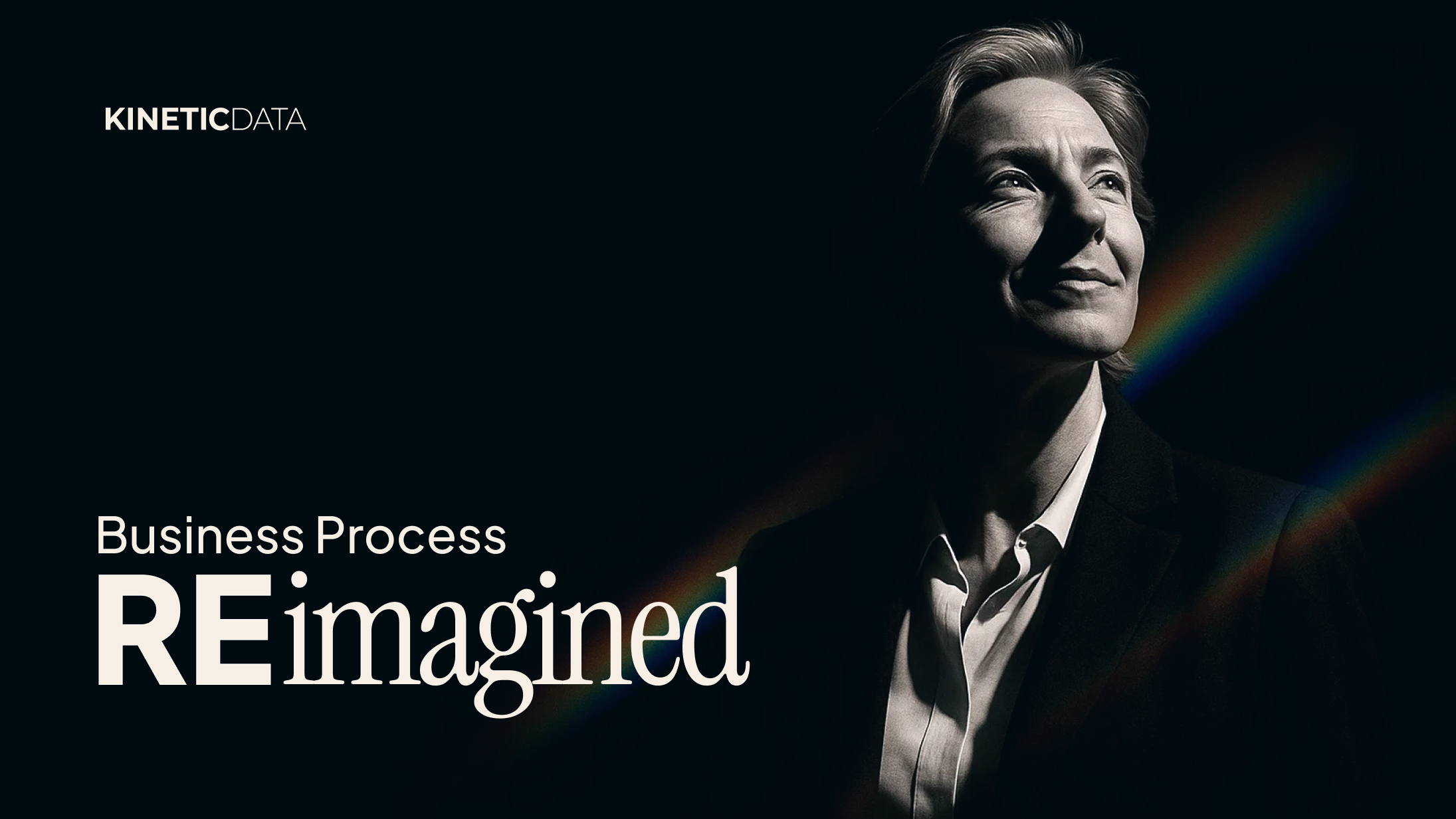Comprehensive Guide to Enterprise IT Service Automation
IT support automation uses software workflows, rule engines, AI/ML, and integrations to automate...
What exactly are “bundled service items” and how can they help your business? To answer the first question first, bundled service items are simply a group of individual service items that are linked...

What exactly are “bundled service items” and how can they help your business? To answer the first question first, bundled service items are simply a group of individual service items that are linked in some fashion.
The benefits are many, and depend on the type of bundling, the nature of the task, and the specific service items in the bundle, but often include reduced time, better documentation and reporting, development of more efficient processes, more consistent follow up, improved user experience, simplified approval processes, easier maintenance, and improved business results.
A few examples will help to illustrate, but first some structure. There are three different types of service item bundles that can be deployed, depending on the nature of the high-level task:
 One simple example of linking would be a work-from-home approval process. Without applying service management principles, the process is likely to be informal, ad hoc and inconsistent, with no documentation or structured measurement of results.
One simple example of linking would be a work-from-home approval process. Without applying service management principles, the process is likely to be informal, ad hoc and inconsistent, with no documentation or structured measurement of results.
The bundled service item method would simply entail linking three service items—request authorization, request equipment, and schedule performance evaluation—in a new process.
Once authorized, the user could be prompted to order equipment, acknowledge specified company policies, or take other actions. The process can be configured to include a “wait cycle” before the first evaluation; but at the end of that time period, the evaluation is automatically triggered. There is no “dropping the ball.” Depending on the results of the evaluation, the worker may be authorized to continue working from home or a “discontinue working from home” process could be initiated, including the return of any checked-out equipment.
 An example of using embedded service items could be in employee onboarding. Without a firmly defined activity flow, the onboarding process can be chaotic, complex, inconsistent, inefficient and frustrating. A better approach is to create a single service item that “contains” the overall process, and consists of many nested, embedded service items that deliver the results. This simplifies what can be a very complex process.
An example of using embedded service items could be in employee onboarding. Without a firmly defined activity flow, the onboarding process can be chaotic, complex, inconsistent, inefficient and frustrating. A better approach is to create a single service item that “contains” the overall process, and consists of many nested, embedded service items that deliver the results. This simplifies what can be a very complex process.
In this embedded service item structure, the container or “parent” service item contains overall process details and common elements (e.g., employee name) applicable to every “child” service item; these child items handle the unique details of each request. Child service items are completed within the task tree of the parent.
Once created, the onboarding template can easily be cloned and have specific items changed or swapped out to accommodate bringing on employees in different locations, functions or levels of the organization.
Finally, a common example of grouping, as noted above, is online shopping cart functionality. Without the ability to bundle service items in this manner, an employee may have to “buy” service items in the equivalent of a shopping mall, going to different departments for different items, each with its own “checkout” process.
But using grouped service items is more like shopping at the supermarket; the user can place different service items into an online shopping cart and “check out” all at once. Even though different approvals may still be needed, these are routed automatically at the end of the process to their appropriate destinations; this is transparent to the user, creating a faster and simpler user experience.
Bundled service items are typically deployed as a process. All that’s needed is creativity (think about the objective to be achieved or process to be re-organized), bringing together the right group of people (users, approvers and other stakeholders) and then creating the workflow that bundles required processes to automate, simplify and accelerate.
This post was based on the presentation “The Impact of Bundled Service Items” delivered by Kinetic Data consultant Matt Howe at the 2012 KEG event. You can view details of the original presentation on Kinetic Community or learn more about the upcoming 2013 KEG event.

IT support automation uses software workflows, rule engines, AI/ML, and integrations to automate...

Business process reimagined is the strategic renewal of how work gets done by combining modern digital...

You've probably noticed (what we're calling) the "logo-swap test" lately: all the AI ads in market sound...